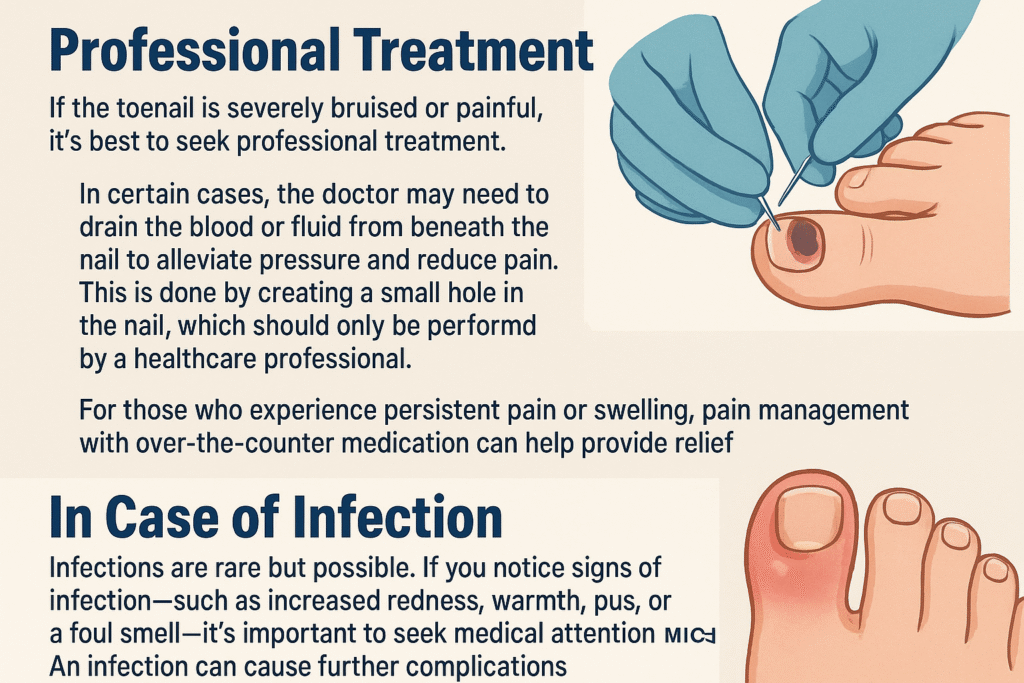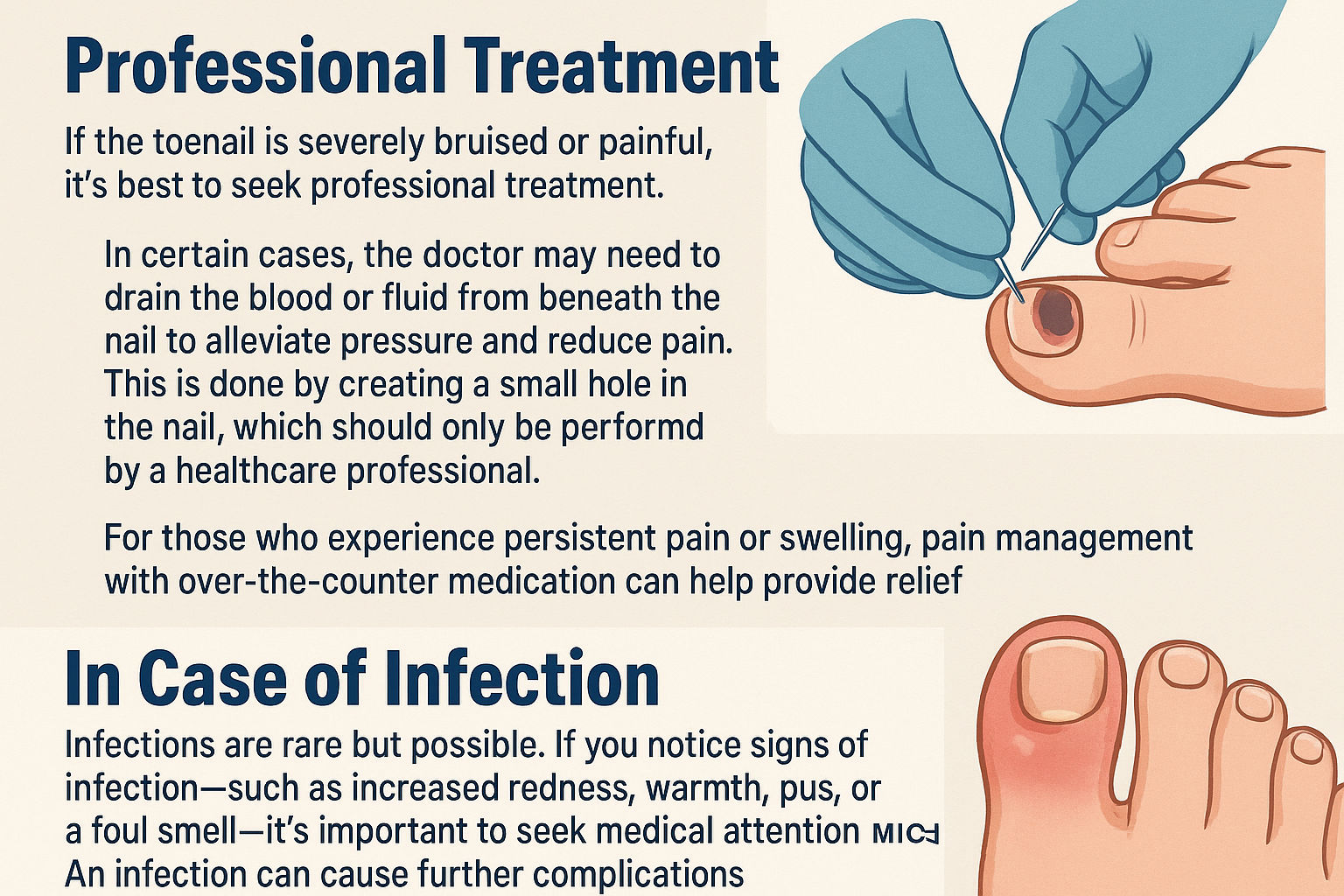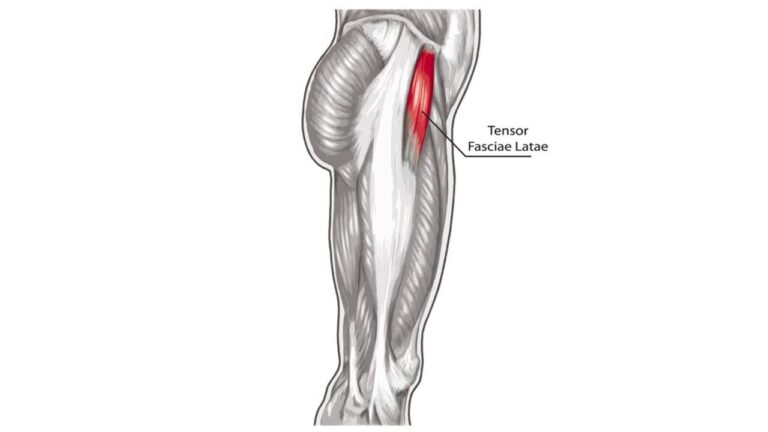Black Toenail in Athletes: Causes, Treatment, and Prevention
A black toenail is a common but often concerning condition for athletes, especially those involved in running, cycling, and sports that require heavy physical activity. While this injury might look alarming, understanding its causes, treatment, and prevention methods can help athletes maintain healthy feet and continue their training without unnecessary setbacks.

Table of Contents
What Is a Black Toenail?
A black toenail refers to a condition where the toenail turns dark, typically black or purple, due to internal bleeding or trauma beneath the nail. This occurs when small blood vessels beneath the nail break and leak blood into the space between the nail and nail bed. While a black toenail can be painful, it is often a sign of bruising or trauma and can heal with proper care.
For athletes, this condition is particularly common, as activities like running or cycling create repetitive pressure on the toes, making them vulnerable to injury.
Causes of a Black Toenail in Athletes
Trauma and Repetitive Impact
One of the most common causes of a black toenail in athletes is repetitive trauma. When athletes engage in high-impact activities like running or cycling, the repeated pressure and friction against the toes can damage the toenail. If the toenail rubs against the inside of the shoe during prolonged or intense activity, it can cause bruising or even bleeding under the nail. This is especially true if the shoes are too tight or don’t provide enough space for the toes.
Injury from a Sudden Blow
Another cause of a black toenail is direct injury or trauma, such as dropping a heavy object on the foot, stubbing the toe, or hitting the toenail with a sharp object. Sudden impact can cause immediate bruising beneath the nail, leading to a black discoloration.
Nail Fungus or Infection
While less common, a black toenail can also be a result of fungal infections or other nail infections. Fungal growth can weaken the nail, causing it to discolor. Infections may also lead to additional symptoms, including pain, swelling, and a foul smell.
Symptoms of a Black Toenail
The main symptom of a black toenail is the dark discoloration of the nail, which can range from purple to black. In some cases, the toenail may also appear red or blue, depending on the severity of the bleeding underneath. Along with the color change, other symptoms may include:
- Pain or tenderness in the affected toe, especially when pressure is applied
- Swelling around the toenail area
- Heat or inflammation near the nail, which may indicate infection
- Pulsating pain, which can occur as blood accumulates beneath the nail
It’s important to distinguish a black toenail from other conditions, such as nail fungus or bruises that are not caused by trauma. If the nail doesn’t improve within a few weeks or you notice signs of infection, it’s time to consult a healthcare provider.
Treatment for a Black Toenail
While black toenails may seem concerning, they typically resolve on their own over time with the right treatment. Here’s how to manage a black toenail:
At-Home Remedies
- Rest and Elevate: Resting the affected foot and elevating it above heart level can help reduce swelling and promote healing.
- Ice: Applying an ice pack to the injured toe can help minimize swelling and reduce pain. Make sure to wrap the ice in a cloth to avoid direct contact with the skin.
- Keep It Clean and Dry: Maintaining good hygiene is crucial to prevent infections. Clean the area around the toenail gently with warm water and mild soap. Make sure the area stays dry, as moisture can promote bacterial growth.
Medical Treatment
If the toenail is severely bruised or painful, it’s best to seek professional treatment. In certain cases, the doctor may need to drain the blood or fluid from beneath the nail to alleviate pressure and reduce pain. This is done by creating a small hole in the nail, which should only be performed by a healthcare professional.
For those who experience persistent pain or swelling, pain management with over-the-counter medication can help provide relief.
In Case of Infection
Infections are rare but possible. If you notice signs of infection—such as increased redness, warmth, pus, or a foul smell—it’s important to seek medical attention immediately. An infection can cause further complications if left untreated.
Prevention Tips for Athletes
Proper Footwear
Prevention is key to avoiding black toenails, and choosing the right footwear plays a significant role. Ill-fitting shoes can cause unnecessary pressure on your toenails, leading to trauma. Ensure that your shoes provide enough space for your toes to move comfortably, especially in sports that require lots of running or cycling.
Make sure to replace worn-out shoes, as they may no longer provide the necessary protection for your feet. Additionally, wear cushioned socks that minimize friction between your feet and shoes.
Toenail Care Routine
Taking care of your toenails is an effective way to prevent injuries. Keep your toenails trimmed and clean to avoid any chance of them getting caught in your shoes or becoming a source of irritation. Be cautious when trimming nails to prevent cutting too short, as this can cause injury or infection.
Foot Health Maintenance
Regularly check your feet for any signs of injury or damage, especially after intense activity. Stretching exercises for the feet and toes can also help alleviate pressure and reduce the risk of injury.
Conclusion
Black toenails are a common yet manageable issue for athletes. By understanding the causes—whether due to trauma, repetitive impact, or fungal infections—and following the appropriate treatment and prevention strategies, athletes can keep their feet healthy and continue their training.
If you experience a black toenail, remember that rest, proper footwear, and medical treatment (if needed) are key to a speedy recovery. Don’t ignore the symptoms; addressing the problem early can prevent complications and ensure your feet stay in top shape for the next big race or game!
FAQ
- Can a black toenail cause permanent damage?
- In most cases, no. Black toenails generally heal on their own without causing long-term damage, but it’s important to seek medical care if the condition worsens or shows signs of infection.
- How long does it take for a black toenail to heal?
- A black toenail typically heals in 1-2 weeks, but in some cases, it can take longer if the injury is severe. The nail may gradually grow out as it heals.
- What if I have multiple black toenails?
- If you experience multiple black toenails, it may indicate a systemic issue, such as poor footwear or an underlying medical condition. Consult with a healthcare provider for further evaluation.



